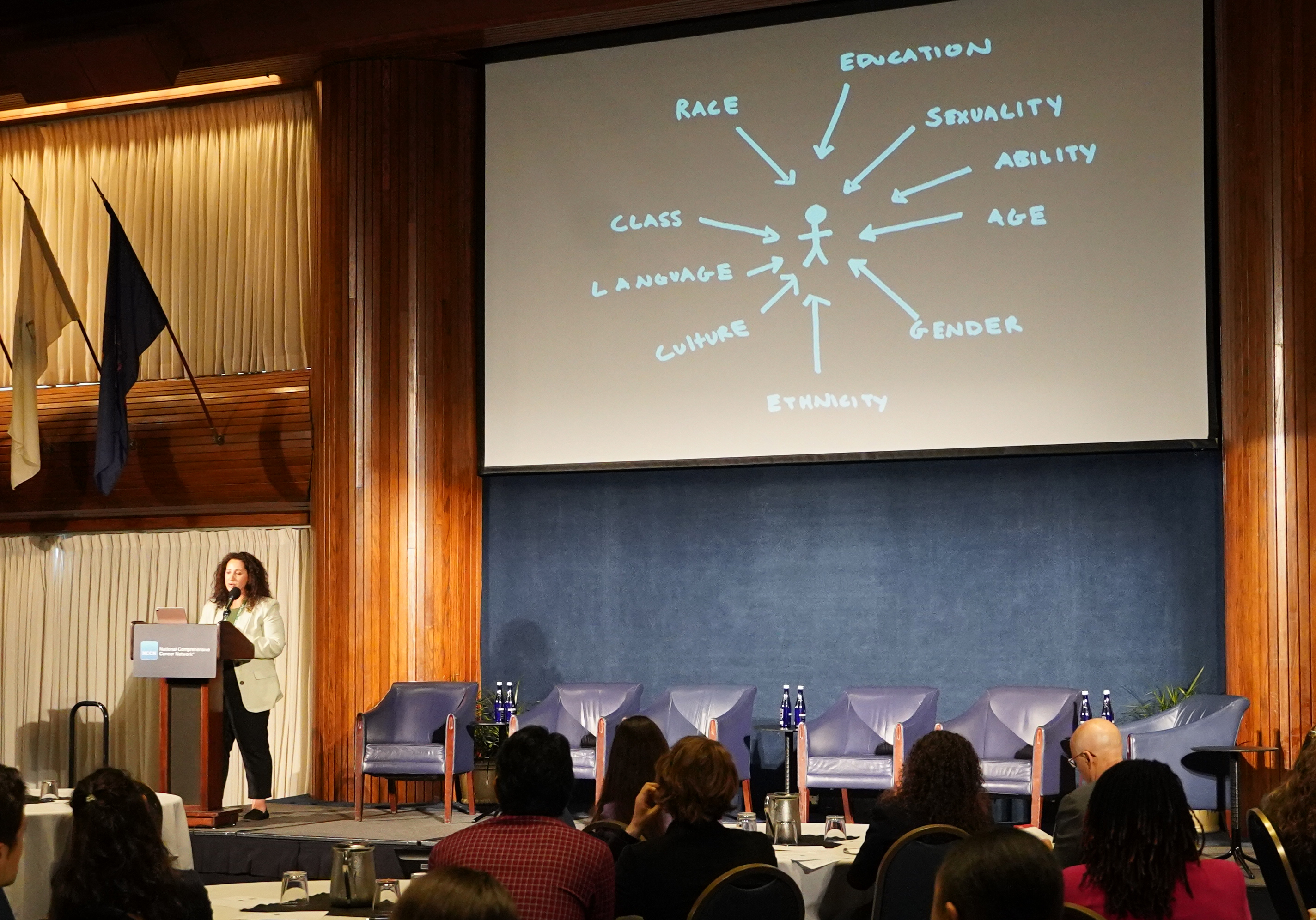The National Comprehensive Cancer Network (NCCN)—an alliance of leading cancer centers—hosts an oncology policy summit focused on how sexual and reproductive health can impact people with cancer before, during, and after treatment.

news, journals and articles from all over the world.

The National Comprehensive Cancer Network (NCCN)—an alliance of leading cancer centers—hosts an oncology policy summit focused on how sexual and reproductive health can impact people with cancer before, during, and after treatment.
A University of Chicago Medicine researcher working with an international team of scientists has developed a daily oral combination therapy that is reliable, safe and effective for long-term treatment of uterine fibroids.

For younger cancer patients, fertility counseling at the time of cancer diagnosis is important for making family planning decisions. Ranjith Ramasamy, M.D., a clinician and researcher at Sylvester Comprehensive Cancer Center at the University of Miami Miller School of Medicine, was the lead author of a new collaborative study, “Evaluation of Reported Fertility Preservation Counseling Before Chemotherapy Using the Quality Oncology Practice Initiative Survey,” published JAMA Network Open.
Young girls who are about to undergo treatment for cancer or other therapies that pose high risk of infertility can opt to have an ovary removed and preserved for future transplantation when they are ready to pursue pregnancy. However, the tiny ovary can be easily damaged during surgery and the quality of ovarian tissue for fertility preservation is affected by the surgical removal technique, according to a study from Ann & Robert H. Lurie Children’s Hospital of Chicago published in the Journal of Pediatric Surgery. Using an experimental piglet model, researchers defined the safest laparoscopic technique for removing the ovary that also results in the best quality ovarian tissue for later use.

For the first time, scientists identified and mapped the location of structural proteins in a pig ovary. Ongoing development of an “ink” with these proteins will be used for 3-D printing an artificial (or bio-prosthetic) ovary that could be implanted and allow a woman to have a child. Findings were recently published in Scientific Reports.